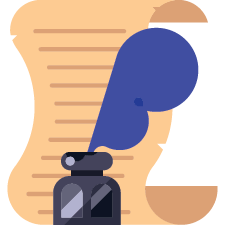Install Steam
login
|
language
简体中文 (Simplified Chinese)
繁體中文 (Traditional Chinese)
日本語 (Japanese)
한국어 (Korean)
ไทย (Thai)
Български (Bulgarian)
Čeština (Czech)
Dansk (Danish)
Deutsch (German)
Español - España (Spanish - Spain)
Español - Latinoamérica (Spanish - Latin America)
Ελληνικά (Greek)
Français (French)
Italiano (Italian)
Bahasa Indonesia (Indonesian)
Magyar (Hungarian)
Nederlands (Dutch)
Norsk (Norwegian)
Polski (Polish)
Português (Portuguese - Portugal)
Português - Brasil (Portuguese - Brazil)
Română (Romanian)
Русский (Russian)
Suomi (Finnish)
Svenska (Swedish)
Türkçe (Turkish)
Tiếng Việt (Vietnamese)
Українська (Ukrainian)
Report a translation problem


























>Right Click on the page
>Sage Page As
>save the html file on your pc.
This will let you access the page offline even if he takes them down.
While Cryptic obviously is not treating their customers with respect, the author is hurting even more innocent people by taking down these guides. They are the sole source of much of this information that is available to the layman. If he removes them he is acting just as bad as Cryptic in this regard by not listening to his audience. I highly encourage him not to do this. I don't want to nullify the author's choices or protest, but others need not pay for his choices.
My views on character building have changed since I wrote the guide (like 5 years back). There's very little reason in the metagame today to go outside of your chosen superstats, and most effective builds will utilize a single stat to maximize their damage buffs and other traits, while using the other two to maximize healing or survival or energy.
Generally it requires some testing, and strongly depends on how good your energy situation is. If your build can manage itself with only minimal bursts of energy builder, that usually is good enough to perform well. It'll be something you'd want to tune up before leaving the powerhouse.
Talents are a very min/maxing based part of character building, and I'd say only something you'd want to worry about upon a respec. In the long run, your decisions in gear and mods are much more important, and also much easier to experiment with. Hope that helps!
* Pairs of SS (as stated above)
* SS and an EM stat (END or REC)
* SS and a non-SS (damage, recharge, etc.)
How does one determine which selection method to use and how much of which stat is needed in a build?
Thanks!
http://aesica.net/co/herocreator.htm
Stay creative,
Best regards,
- Lukas